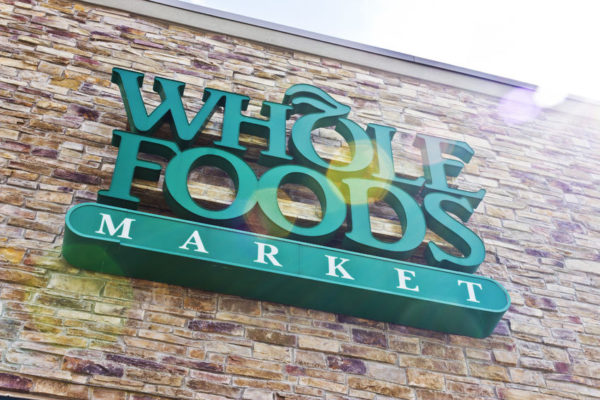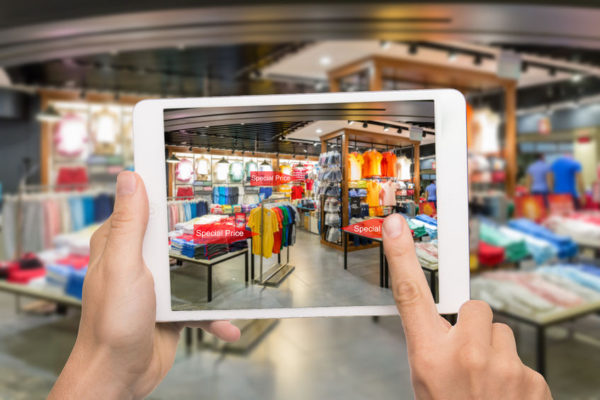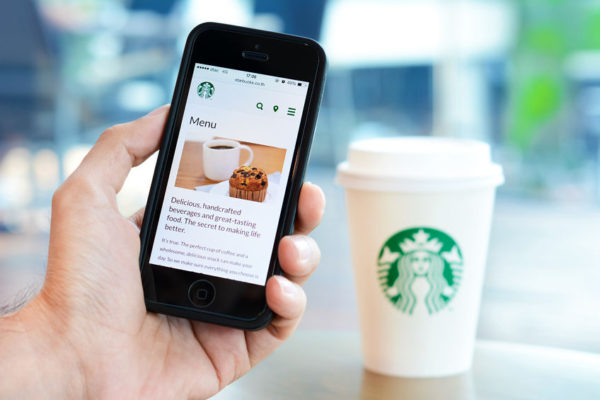A Half Year Check Up on the State of US Brick and Mortar Retail
 It’s been a tumultuous and eventful first half of 2017 as the retail industry continues to morph almost daily. Analysts and industry commentators are waiting to see where things fall as the dust settles after long standing retailers like Sears, Kmart, J.C. Penney, and Macy’s announced store closings and then, in an unexpected twist, industry giant Amazon buys Whole Foods.
It’s been a tumultuous and eventful first half of 2017 as the retail industry continues to morph almost daily. Analysts and industry commentators are waiting to see where things fall as the dust settles after long standing retailers like Sears, Kmart, J.C. Penney, and Macy’s announced store closings and then, in an unexpected twist, industry giant Amazon buys Whole Foods.
Many see it as a shift in the way consumers shop and not the end of brick and mortar. Just like the real estate bubble bursting, retail is also resetting itself, not disappearing from the landscape.
The Current Status of Retail According to One Industry Veteran
In late spring, Lisa Gavales, former CEO of Things Remembered, addressed a group of North Texas based executives of major retail chains. Ms. Gavales is a career retail executive, an engaging speaker and an inspiration. If you’re passionate about retail, she’s one of the change agents you want to hear.
The evening’s topic focused on the current state of retail, how we got here and what retailers can do to reinvigorate their stores and get shoppers to keep coming back. Her message was one of hope and positivity for brick and mortar stores. Here are some of the highlights and food for thought from her talk:

Retail is Overleveraged
In 2008 to 2010 during the Great Recession, Private Equity Firms stepped in to help keep retailers afloat. They invested heavily in retail and some of these chains (i.e. Neiman Marcus) still carry the huge debt burden from those investments.
There’s Too Many Brick and Mortar Stores
Not news, but the mall stats put it in perspective. Twenty five percent of the 1200+ U.S. shopping malls are classified as C or D. Twenty percent of the malls are class A and generate 72 percent of all retail sales.
U.S. per capita retail selling space is over 23 sq. ft., compared with 2 sq. ft. per capita in Europe.
The Drive for Ultra Low Price
Retailers have trained customers to expect markdowns. There are a growing number of outlet malls and dollar stores that are building hundreds of locations. With a chain like Dollar General building 1000 stores in 2017, at what point will they too become overstored?

Online Shopping
Online has transformed the way we shop but it still represents only about 10% of retail sales. As some 50% of U.S. households have Amazon Prime, the online giant’s purchase of Whole Foods will impact the way we shop for food.
Experiences over Consumerism
Leisure spending is up. In 2016 Americans spent more money in restaurants than they did in supermarkets marking a historic shift in spending tendencies. Last year, US Airlines had a record 823 million passengers flying on their airline.

Five Ways to Make Your Brick and Mortar Store More Shoppable
In light of this paradigm shift in consumer spending, expectations and preferences retailers need to find a new way of doing business with their customers including a new way of interacting and providing an experience.
Recent studies show that Millennials and Generation Z, a sub population that now makes up nearly 50 percent of the U.S. population, prefer shopping in stores than online. This means there is hope and opportunity to survive.
In this distressed retail landscape, here are a few strategies retailers may want to consider to give shoppers an engaging, immersive in-store experience that will encourage them to keep coming back.

1. Make In-Store Better than Online
Curate the store so it’s a journey of experience. Create a brick and mortar space with a purpose, not just a place to buy things. These could be creating a community gathering place, in-store dining, classes and tutorials and book readings. Here are three innovative shopping experiences Ms. Gavales mentioned:
2. Improve the Payment Experience
Improving the payment experience through self-checkout kiosks and advanced digital payment technologies is essential to keeping the Millennial/Gen Z shoppers coming back. Retailers must be able to provide streamlined, user-friendly systems and processes. Starbucks’ mobile app/wallet sets a new standard for other retailers to follow. In fact, increasing the customer service levels as a whole will help your business stay afloat. Making sure your products are never out of stock for more than 48 hours is the easiest way of retaining customers. If you are working in food retail services, the phs Teacrate is a great way of transporting and protecting your products during delivery and ensuring that they arrive within that time period for your customers.
3. Leverage Social Media
Nordstrom has invested heavily in data-driven personalized customer experiences. For example, they track popular items pinned on Pinterest which are then displayed in-stores labelled as ‘top pinned’ items. By  incorporating social feedback into the shopping experience, Nordstrom can take the lead from the customer to ensure that in-store merchandise better aligns with what shoppers actually want.
incorporating social feedback into the shopping experience, Nordstrom can take the lead from the customer to ensure that in-store merchandise better aligns with what shoppers actually want.
4. Vertical Integration Wins
Vertically integrated retailers (those who make their own merchandise) are better equipped to survive by offering products that can’t be found anywhere else. Successful vertical integrations have been achieved by Restoration Hardware (RH), Levi Strauss & Co. and fast fashion retailers like Zara, H&M and Forever21.
 5. Improve Customer Service
5. Improve Customer Service
Lastly, common sense retail: better customer service, more knowledgeable and welcoming store associates. Millennial/Gen-Z seeks customer service professionals who understand their preferences and make recommendations tailored to their specific needs. They want a customer-centric experience that makes them feel wanted and valued.
Brick and Mortar is Here to Stay
We might not be able to predict exactly what the brick and mortar store of the future will look like, but the foundation is there for flexible retailers to remain competitive and keep their doors open if they are willing to change with the times.
Bottom Line: Shoppers still want to shop in a store but retailers need to adapt.
What’s your experience? We’ve love to hear from you. Email us at info@mainstreetinc.net
 5. Improve Customer Service
5. Improve Customer Service